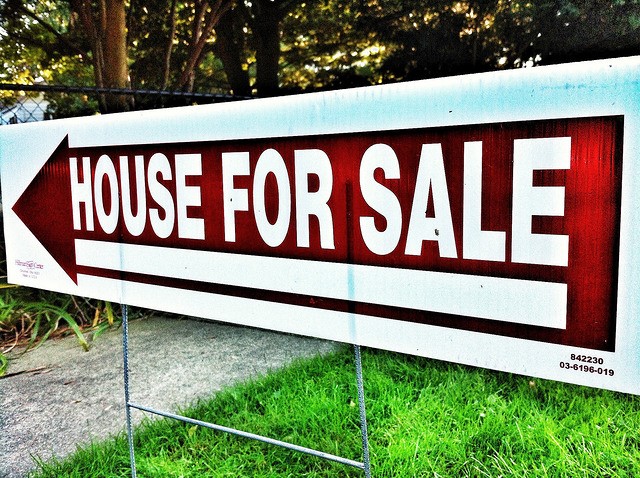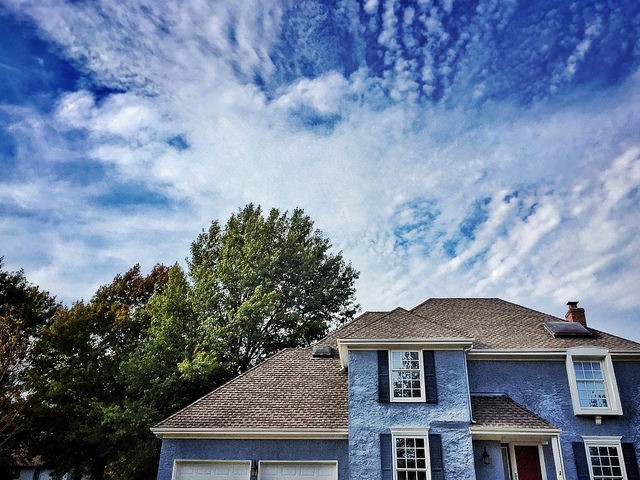Some Questions To Ask Before You Buy
Contracts To Buy Homes Rise For 3rd Straight Month
If you look at just about any reading of the current housing market, you’ll find that there are a lot of Americans interested in buying a home right now. Whether it’s because of pent-up demand that built up in the years following the housing crash or a drive to buy now while mortgage rates are still well below their historical norm, the fact is buyer demand is high. The most recent National Association of Realtors’ Pending Home Sales Index provides more evidence of this. That’s because the index – which measures the number of signed contracts to buy homes – ended the year with its third consecutive monthly increase. Lawrence Yun, NAR’s chief economist, says the housing market has started the year with a little bit of momentum. “Another month of modest increases in contract activity is evidence that the housing market has a small trace of momentum at the start of 2018,” Yun said. “Jobs are plentiful, wages are finally climbing and the prospect of higher mortgage rates are perhaps encouraging more aspiring buyers to begin their search now. More here.

How Your Neighborhood Can Improve Your Health
Buying More Affordable Than Rent In Most Markets
When it comes time to make a move, most of us are choosing between renting a place or buying a house. And making that calculation has a lot to do with where you are in your life and what your goals are. But it also has a lot to do with your financial situation. Because of this, ATTOM Data Solutions analyzes the average rent for a three-bedroom property, weekly wage data, and home price information in 540 counties nationwide in an effort to determine whether renting or buying is the more affordable choice. According to their most recent Rental Affordability Report, buying a home is still the more affordable choice in a majority of markets. However, the data is a bit more complicated than that. In fact, though buying is more affordable in the majority of markets, it isn’t in a lot of the country’s most populated counties. The data shows that many markets where the population is above 1 million have affordability challenges not seen in areas further from major metropolitan centers. More here.
Current Homeowners Say They’re Ready To Buy
The National Association of Realtors’ Housing Opportunities and Market Experience survey asks consumers about buying and selling a home, their financial situation, and their perceptions of the economy. According to the fourth quarter results, Americans are generally optimistic about the housing market, with majorities expressing that they feel now is both a good time to be selling a home and a good time to buy a home. However, some groups are more optimistic than others. For example, among current homeowners, 79 percent say they feel it is a good time to buy a home. On the other hand, just 60 percent of current renters feel as optimistic. Other groups that were more optimistic included those with household incomes above $100,000 and those living in the Midwest and South. So what do the results mean? Well, one takeaway is that an increasing number of current homeowners who want to move could mean a potential boost in the number of homes available for sale next year. That’s good news for all prospective home buyers, as an increase in for-sale inventory will help improve affordability conditions. More here.

Get Top Dollar!!
Despite Price Spike, No Evidence Of Housing Bubble
Along with rising home prices, there has also been increasing concern that the housing market may be entering a bubble. And that’s not surprising, considering the housing crash is still fresh in peoples’ memories. So as home prices reach or exceed previous highs, potential buyers and current homeowners are naturally concerned about the possibility of another housing bubble and crash. According to a recent analysis from Freddie Mac, however, there is a pretty good reason to doubt that today’s price spikes are, in fact, evidence of an emerging bubble. Put simply, one of the primary reasons bubbles form is a perception that home prices will always rise. This causes investors to bid prices up and some mortgage lenders to offer easier credit. In short, a bubble isn’t real. Today’s price increases, on the other hand, are being driven by a lack of for-sale inventory and slower-than-normal new home construction. That means, it is more likely that prices aren’t being driven upward by irrational confidence but, instead, are being driven by an unbalanced market. “The evidence indicates there currently is no house price bubble in the U.S., despite the rapid increase of house prices over the last five years,” Freddie Mac’s chief economist Sean Becketti said. “However, the housing sector is significantly out of balance.” More here.

Housing Sentiment Cools Heading Into Fall
There are many reasons autumn is a good time to buy a house. But, because spring and summer are traditionally seen as the best seasons for home shoppers, the housing market often cools in the months following its busiest season. Evidence of this can be found in Fannie Mae’s most recent Home Purchase Sentiment Index. The index – which asks Americans for their feelings about buying and selling homes, mortgage rates, home prices, etc. – reached an all-time high in September but saw a decline in October. In short, fewer Americans feel now is a good time to buy or sell a house. But that’s normal, according to Fannie Mae’s chief economist, Doug Duncan. “The modest decrease in October’s Home Purchase Sentiment Index is driven in large part by decreases in favorable views of the current home-buying and home-selling climates, a shift we expect at this time of year moving out of the summer home-buying season,” Duncan said. “Indicators of broader economic and personal financial sentiment remain relatively steady.” In other words, because Americans generally feel better about their economic security, the dip in sentiment is likely to be temporary. More here.

How Will Homes Change As Americans Grow Older?
Ipsos, an independent market research company, recently gathered a panel of experts to weigh in on the future of housing. From climate concerns to home automation, the panel looked at what changes may be necessary in order for our homes to meet our needs in the future. One of the topics focused on the fact that Americans are growing older. In fact, by 2060, nearly 100 million Americans will be over the age of 65 and – if current numbers are any indication – the vast majority of them will prefer to stay in their own homes and communities as they age. According to Rodney Harrell, director of livable communities for AARP’s Public Policy Institute, the current housing stock may not be suited to the needs of an aging population. “The problem is you can’t create a new housing stock overnight, so we have to start working now,” Harrell said. “Nobody should be forced from their home because it doesn’t work for them.” How our homes adapt to our needs will depend, in part, on advancements in smart-home technology but also on how soon builders and home remodelers begin installing features that make it easier for the elderly to preserve their independence. More here.


